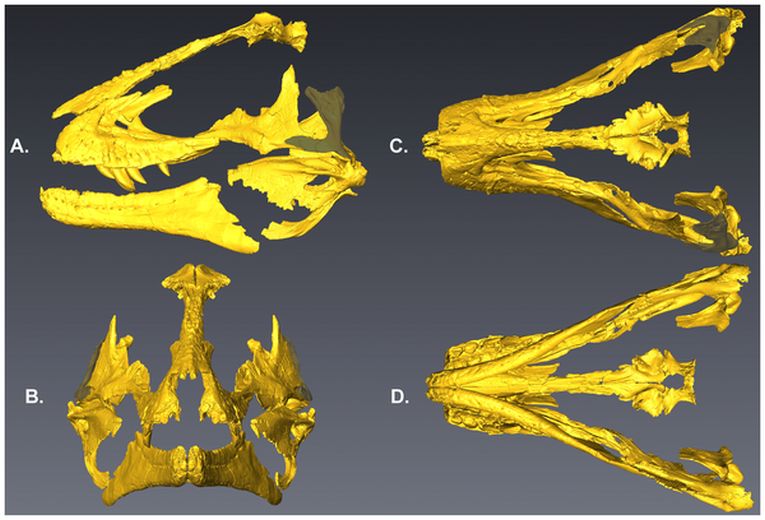This dinosaur from Laramidea is going to have us all talking, if the authors of this paper get what they deserve. There once was an ocean (the Western Interior Seaway) in the middle of North America. Some reptiles in the north lived from Wyoming to Alaska, while others lived in the south near Utah. The history of this ocean becomes more clear, as we discover new species from some of the southern fauna, in the high desert of Utah for example, where we have explored the 1.9 million acres of prime dino real estate very little until recently.
The Late Cretaceous of western North America had a very diverse group of residents. The Tyrannosaurs were the Hollywood starlets of their day, extending into Asia but nowhere else. The ways in which they speciated and diversified could tell us a lot about the area so Lythronax as the earliest ancestral form will be crucial in deciding if sea levels, climate, volcanic actions or some other group of factors were responsible for the tyrannosaur evolution over the Cretaceous.
Mark A Loewen and four colleagues from the University of Utah, the Denver Museum of Nature and Science and the University of Alberta present their paper in PloS One
They present the carnivores as ideal candidates for study as they are relatively unaffected by floral differences. There are abundant new fossil discoveries of the tyrannosaurid dynasty, including a more or less complete Teratophoneus curriei. The broad skull places the new fossils quite close to well-known Tyrannosaurus and Tarbosaurus genera. It also pushes back the tyrannosaurs to 80 mya. They must have diversified before this, after a wide distribution during the Late Jurassic period.
Other dinosaurs, turtles and crocodilians show similar patterns both within Laramidia in the west of North America and subsequent migrations to Asia.The conclusion can only be that sedimentary basins were isolated by the sea and promoted speciation until the loss of the central seaway in North America. Then the animals could migrate as far away as eastern Asia. The culprit would be sea-level change, producing the Cretaceous faunas we know quite well on several landmasses.










